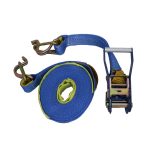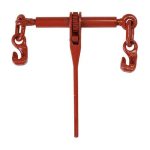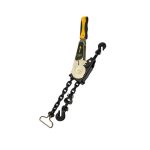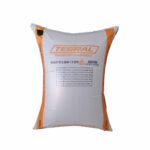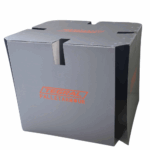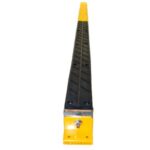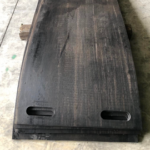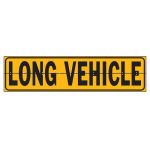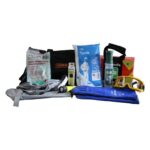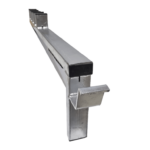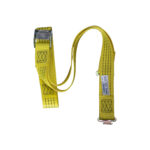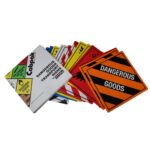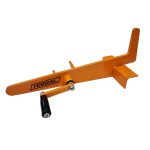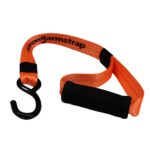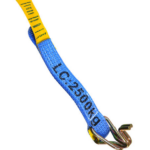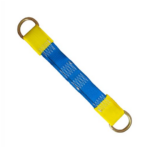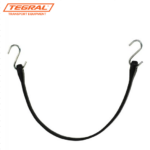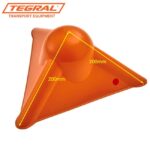A Roadside Rest Area provides a safe place to take a break, rest, and grab something to eat. These are designed to cater to truckers and long-distance travelers to rest and avoid road accidents caused by fatigue.
Rest areas are available 24 hours a day all year round and are signposted. Service centres, petrol stations, parks, and country towns are other places you can stop and take a break from driving. Click here to check the complete NSW rest areas.

To combat fatigue in drivers, the Heavy Vehicle National Law (NSW) and the Heavy Vehicle (Fatigue Management) National Regulation (NSW) has created provisions to manage heavy vehicle driver fatigue.
The Heavy Vehicle National Law (NSW) and the Heavy Vehicle (Fatigue Management) National Regulation (NSW) contains provisions relating to the management of heavy vehicle driver fatigue.
A ‘fatigue regulated heavy vehicle’ is a:
- Heavy truck with a Gross Vehicle Mass (GVM) of more than 12 tonnes
- Truck and trailer combination, if the combined GVM is more than 12 tonnes.
- Bus with a GVM of more than 4.5 tonnes that seats more than 12 adults (including the driver)
The National Regulation sets the maximum hours of work and minimum rest periods for drivers of fatigue-regulated heavy vehicles. Any vehicle used by drivers is defined to be their workplace, and there is a maximum time allowed to at least 12 hours of work in any period of 24 hours.
Driving includes being in the driver’s seat while the engine is running and instructing or supervising the driver of the vehicle. Work time also includes:
- Loading and unloading the vehicle.
- Inspecting, servicing, or repairing the vehicle.
- Inspecting or attending to the load on the vehicle.
- Attending to passengers of a bus.
- Cleaning or refueling the vehicle.
- Performing marketing tasks concerning the operation of the vehicle. Marketing tasks include arranging for the transport of passengers or goods as well as canvassing for orders for the transport of passengers or goods.
- Recording information.

The Heavy Vehicle National Law (NSW) requires all parties in the supply chain to take all reasonable steps to prevent the fatigue of heavy vehicle drivers.
For example, this means that:
- Drivers must stop the vehicle if feeling tired or fatigued.
- Operators and schedulers must plan when drivers can take a rest.
- Loading managers must take steps to ensure queuing is managed properly.
- Contracts must not be prepared that require drivers to break the law. Parties in the supply chain include the:
- Employer of the driver of the vehicle.
- Prime contractor of the driver.
- Operator of the vehicle.
- Scheduler of goods or passengers for transport by the vehicle, and the scheduler of its driver.
- Consignor of goods for transport by vehicle.
- Consignee of goods for transport by the vehicle.
- Loading manager of goods for transport by the vehicle.
- Loader of goods onto the vehicle.
- Unloader of goods from the vehicle.

When you feel you are fatigued while on the road, rest. When you are tired and you need some rest or have a quick nap, take a break. Good sleep is the only way to prevent or cure fatigue.




